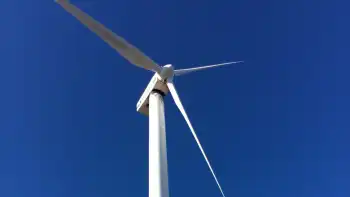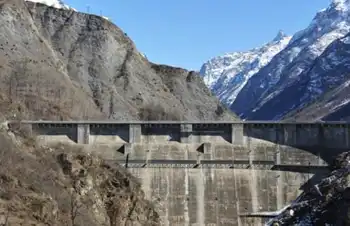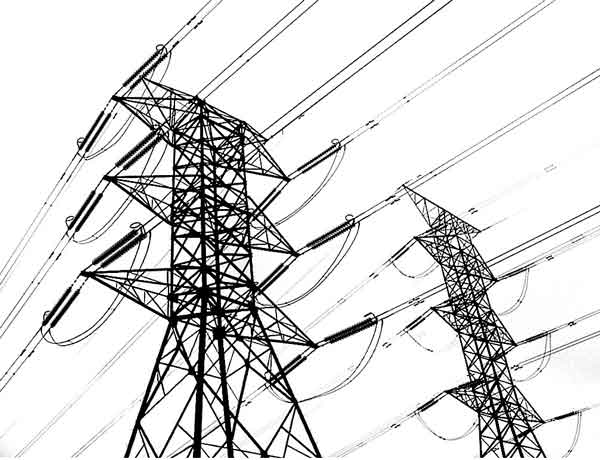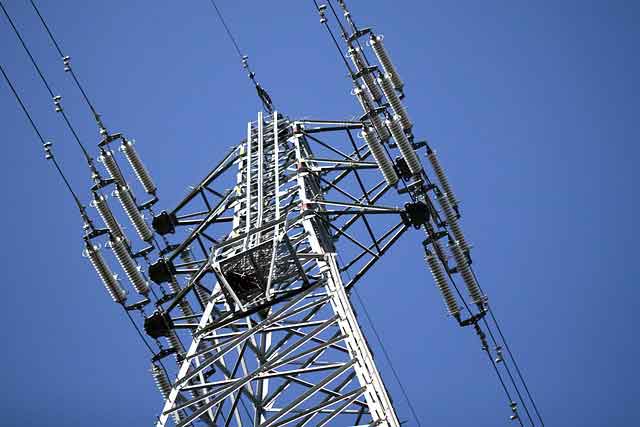Eastern Kings Wind Farm Expansion advances P.E.I. renewable energy with seven new wind turbines, environmental assessment, wildlife monitoring of birds and bats, and community consultation to double output to 30 MW for domestic consumption.
Key Points
A P.E.I. project adding seven turbines for 30 MW, under 17 conditions, with wildlife monitoring and community oversight.
✅ Seven new turbines, larger than existing units
✅ 17 conditions, monthly compliance reporting
✅ Two-year wildlife study for birds and bats
A proposal to expand an existing wind farm in eastern P.E.I. has been given the go-ahead, according to P.E.I.’s Department of Environment, Water and Climate Change, as related grid work like a new transmission line progresses in the region.
Minister Natalie Jameson approved the P.E.I. Energy Corporation’s Eastern Kings Wind Farm expansion project, the province announced in a release Wednesday afternoon, as Atlantic Canada advances other renewable initiatives like tidal power to diversify supply.
The project will be subject to 17 conditions, which were drawn from a review of the 80 responses the province received from the public on the proposed Eastern Kings Wind Farm expansion.
The corporation must provide a summary on the status of each condition to the department on a monthly basis.
“This decision balances the needs of people, communities, wellness and the environment,” Jameson said in the release.
“It allows this renewable energy project to proceed and reduce greenhouse [gas] emissions that cause climate change while mitigating the project’s impact to the Island’s ecosystem.”
The P.E.I. Energy Corporation wants to double the output of its Eastern Kings Wind Farm with the installation of seven wind turbines between the communities of Elmira and East Point to develop 30 megawatts of wind power for domestic consumption, according to the minister’s impact assessment, aligning with regional moves to expand wind and solar projects across Atlantic Canada.
The new turbines are expected to be larger than the existing 10 at the site, even as regional utilities study major grid changes to integrate more renewables.
Project must comply with conditions
In February, the province said it would identify any specific questions or concerns it felt needed to be addressed in the submissions, according to Greg Wilson, manager of environmental land management for the province, while some advocate for independent electricity planning to guide such decisions.
Public feedback closed in January, after an earlier extension to wait for a supplemental report on birds and bats.
The corporation needs to comply with all conditions – such as monitoring environmental impact, setting up an environmental management plan and creating a committee to address concerns – listed in the release on Wednesday, amid calls from environmental advocates to reduce biomass use in electricity generation.
A condition in the release suggests representatives from L’nuey, the Souris and Area Wildlife Branch, the Rural Municipality of Eastern Kings and local residents to make up the committee.
The corporation will also need to conduct a study over two years after construction to look at the impact on bats and birds, and implement a protocol to report deaths of birds to federal and provincial authorities.
According to Canada Energy Regulator, roughly 98 per cent of power generated on P.E.I. comes from wind farms. It also said there were 203 megawatts installed on P.E.I. as of 2018, and the majority of energy consumed on the Island comes from New Brunswick from a mix of nuclear, fossil fuels and hydroelectricity, while in Nova Scotia, the utility has increased biomass generation as part of its supply mix.
Related News












